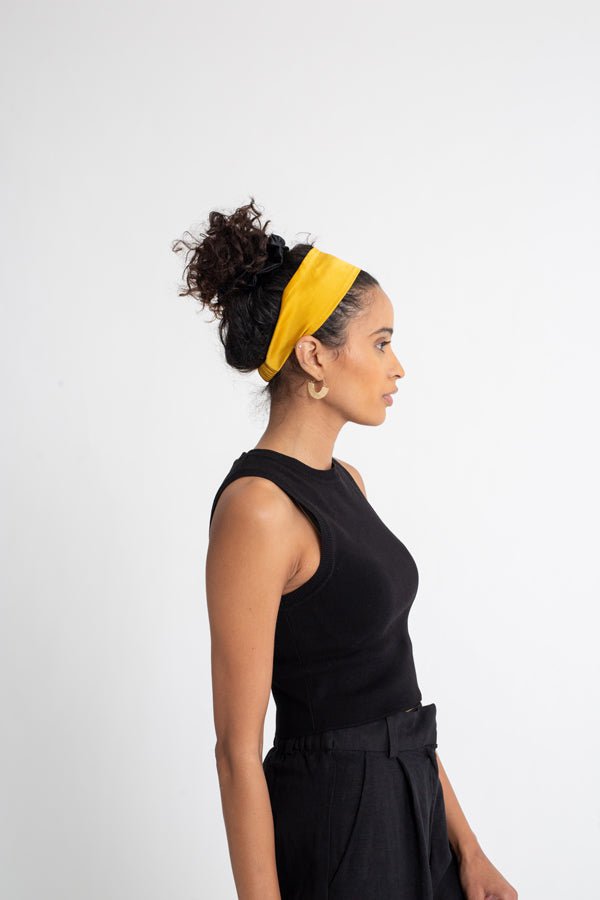How is satin made?
Satin is a method for making fabric. It's a type of textile weave that creates a glossy fabric, and is created with silk,
polyester, wool, nylon, cotton, and/or rayon. In everyday conversation, satin is used to describe specific types of fabric.
The process of making true satin is very specific. First, bring four threads that run vertically (called warp strands) to the surface of the fabric. The warp strands will "float" over a single thread that runs horizontally (called a weft strand). This method lets large areas of the thread reflect light, which makes the fabric glossy on one side.
To make the satin shiny on both sides, called double-faced satin, use two sets of warp strands.



























